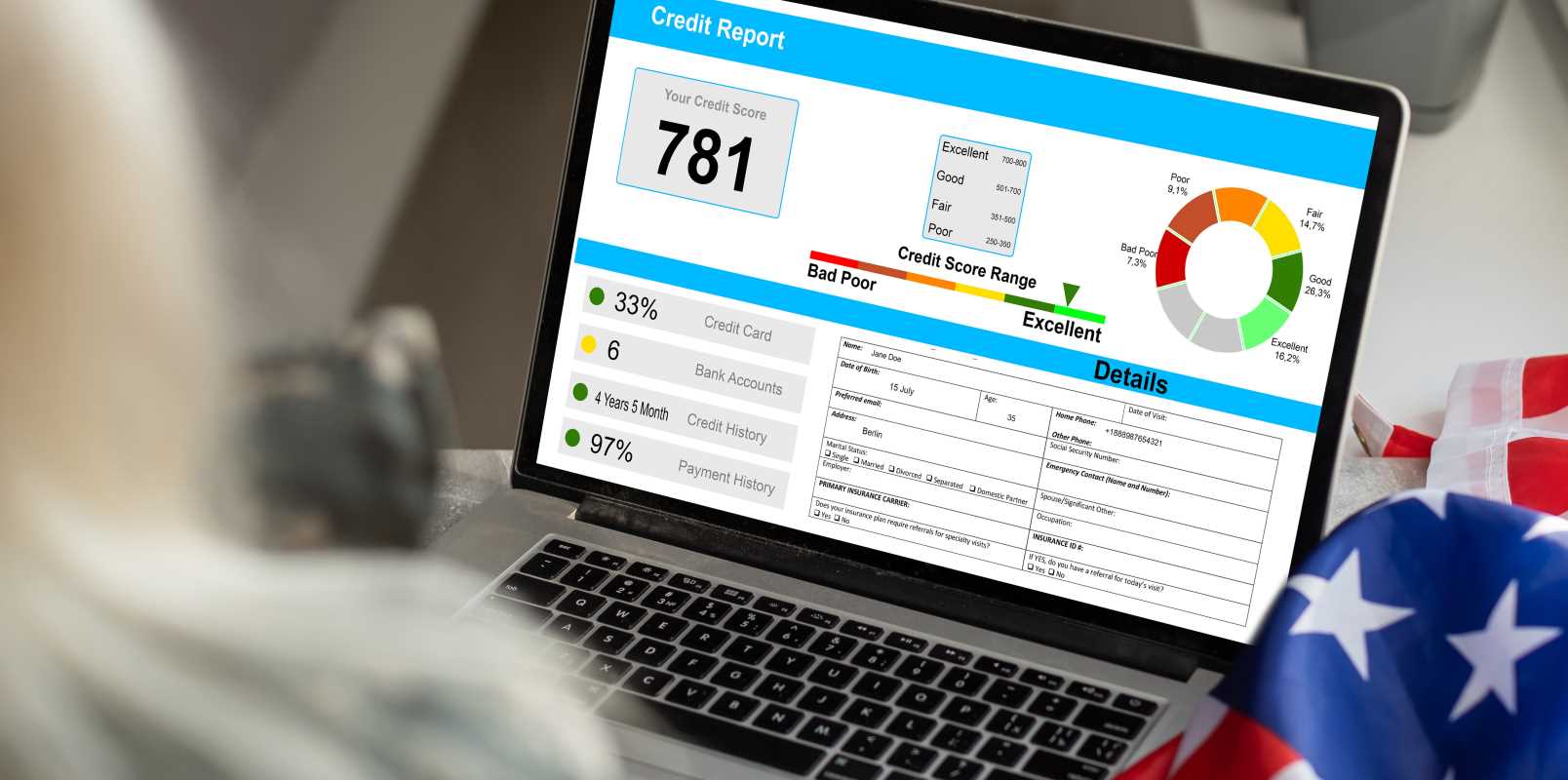When it comes to managing your finances, cutting down monthly expenses is one of the quickest and most effective ways to free up cash. Many of us pay bills or subscribe to services without considering whether we’re maximizing their value—or worse, overpaying. Taking the time to review your expenses can lead to significant savings. Here’s a guide on how to trim your monthly costs by negotiating with service providers and canceling unnecessary subscriptions.
Step 1: Review Your Monthly Expenses
The first step toward reducing expenses is getting a clear view of where your money is going.
- Take Inventory: List out all recurring charges, such as rent, utilities, streaming subscriptions, memberships, and insurance premiums. Include both large bills and smaller charges—those small amounts add up over time!
- Categorize Spending: Divide expenses into “essentials” (like electricity and rent) and “non-essentials” (like streaming services or gym memberships).
- Spot Redundancies: Are you paying for multiple streaming platforms or unused memberships? Identifying overlapping or unused services is key to cutting costs.
Step 2: Negotiate Better Rates on Bills
Negotiating with your service providers for better rates might sound intimidating, but it’s a powerful way to save. Companies want to keep customers, and many are willing to offer discounts or promotions to retain your business.
1. Internet and Cable Services
- Know the Market: Research competing providers in your area and gather details about their rates and offers.
- Call Your Provider: Ask to speak with the retention or loyalty department—these teams are authorized to offer discounts to avoid losing you as a customer.
- Negotiate Tactfully: Politely mention that you’re considering switching providers due to lower rates or better services elsewhere. Providers may match competitors’ offers or lower your existing bill.
- Bundle Services: Combining internet, cable, and phone services with the same provider can sometimes lead to bundled savings.
2. Insurance Policies
- Shop Around: Compare rates from different insurers for your home, auto, or renter’s insurance. Many insurance companies offer discounts for switching.
- Leverage Discounts: Ask about loyalty discounts, good driver discounts, or bundling auto and home insurance policies.
- Adjust Coverage: Review your policy’s coverage and deductible. Increasing your deductible slightly could lower your monthly premium, but make sure you can cover the deductible if needed.
3. Utility Bills
- Ask About Discounts: Some utility companies offer discounts based on income, automated payments, or energy-saving improvements to your home.
- Review Your Plan: If you live in a deregulated area, shop for better electricity or gas rates from different providers.
4. Credit Cards
- Lower Interest Rates: Call your credit card company and request a lower annual percentage rate (APR), especially if you’ve consistently paid on time. Mentioning other offers you’ve received may help your case.
- Waive Fees: Ask for late fees, annual fees, or other charges to be waived—it never hurts to ask.
Pro Tip: Be Persistent
If the first representative isn’t helpful, don’t hesitate to escalate the conversation or call back at another time. Often, different agents have varying levels of authority to adjust rates.
Step 3: Cancel Unnecessary Subscriptions
Subscriptions have become a major monthly expense for many households, often without us realizing it. The key to saving is evaluating which services you actually use and cutting out the ones you don’t.
1. Identify All Subscriptions
- Check Statements: Review your bank and credit card statements to find recurring subscription charges, including less obvious ones like app subscriptions or “free trials” that turned into paid services.
- Use an App: Budgeting tools like Truebill or Mint can scan your financial accounts for subscriptions and help you cancel them directly.
2. Evaluate Usage
- Cut Excess: Haven’t watched anything on that second (or third) streaming platform in months? It’s time to unsubscribe.
- Alternate Services: Instead of paying for multiple services at once, consider rotating between them. For example, subscribe to one streaming platform for winter months, and then switch to another during summer.
- Review Memberships: Gym memberships or monthly clubs, like meal kit services or box subscriptions, can be costly. If you’re not using them often enough to justify the expense, cancel them.
3. Share or Split Costs
- Share Accounts: Many streaming services allow multi-user accounts—share costs with family or roommates to cut individual expenses.
- Shared Group Memberships: If practical, split memberships with others for services like warehouse clubs (e.g., Costco or Sam's Club).
Step 4: Automate Savings
Once you’ve negotiated lower rates and canceled subscriptions, put those savings to work.
- Set Aside Savings: Redirect the money you would have spent into a high-yield savings account or toward paying down debt.
- Track Progress: Compare your current monthly bills with previous ones to celebrate and visualize how much you’re saving.
Reducing monthly expenses requires effort and discipline, but the savings can be significant. By regularly reviewing your bills, renegotiating rates, and canceling underused subscriptions, you can take control of your finances and keep more money in your pocket. Remember, even small adjustments can add up over time, creating space for future goals or simply giving you peace of mind in your financial life. Start the process today and enjoy the rewards of a lighter financial load!
 (Image via
(Image via





